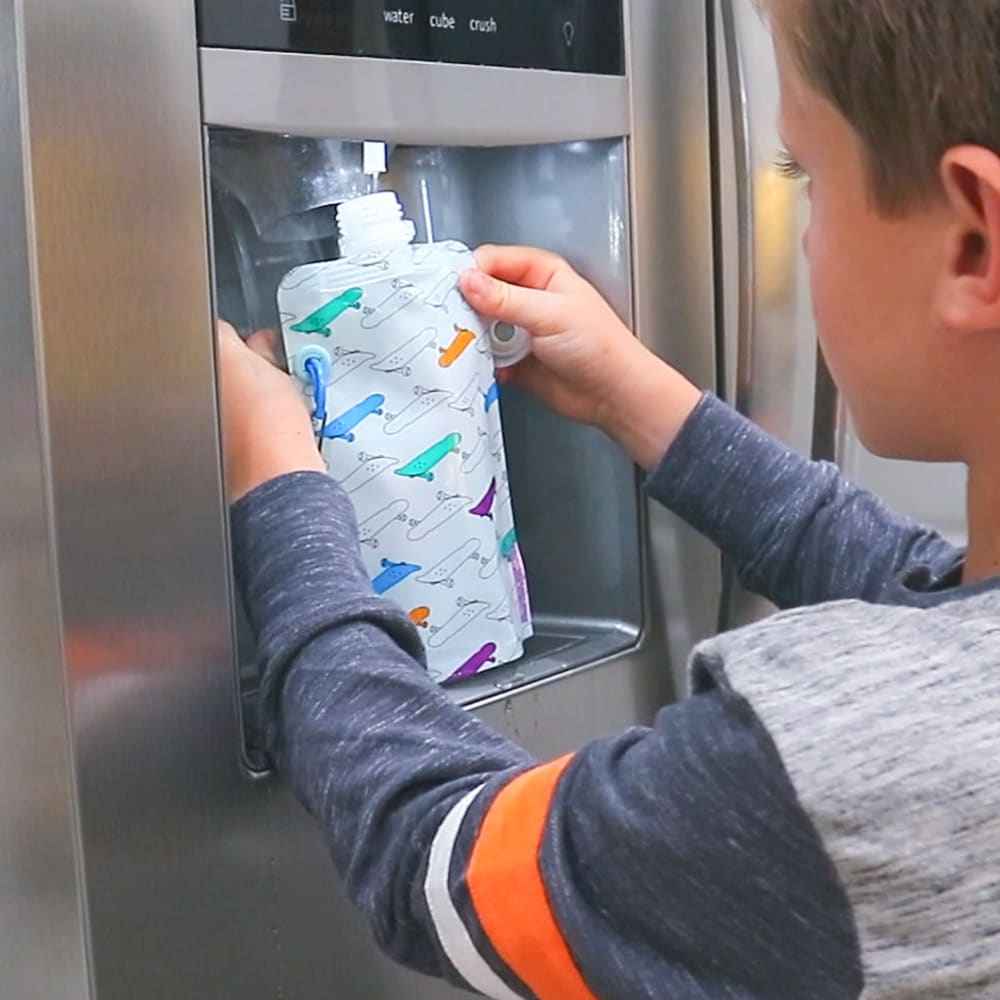Clean water is essential for a healthy home. While many households assume their water is safe, hidden contaminants, mineral buildup, and even taste issues can affect everyday life. Poor water quality can impact drinking water, appliances, plumbing, and sustainability. The good news is that improving household water quality is easier than most homeowners think. Families can enjoy fresher, safer, and more sustainable water with simple upgrades and small habit changes.
In this guide, homeowners will find practical solutions to assess, improve, and maintain water quality, ensuring their families have daily access to cleaner and healthier water.
Assessing Your Home’s Water Quality
The first step in improving water quality is understanding what’s in it. Water can contain various contaminants, from chlorine and lead to bacteria and hard minerals. To determine what needs improvement, homeowners should test their water. Reliable testing kits are available, and professionals can conduct more thorough assessments. You can test for water contaminants by identifying your home’s water source and finding the best testing method to understand what’s affecting your home’s water.
Common signs of poor water quality include discoloration, residue buildup, and an unpleasant taste or smell. Hard water often causes mineral deposits on faucets and appliances, while chlorine-heavy water may have a noticeable chemical taste. Knowing whether your home has well water or city water also helps determine the best filtration and treatment options. For homes relying on well water, water isn’t treated by a third party like city water, so owners should take care to test their water yearly to catch any emerging issues.
In addition to testing, homeowners should pay attention to seasonal changes in water quality. Heavy rains, droughts, or nearby construction can contaminate the water supply. Keeping track of municipal water quality reports or scheduling annual tests can help catch fluctuations before they become significant issues. Awareness of local water conditions ensures proactive maintenance and better decision-making when selecting filtration systems.
Cost-Effective Home Improvements for Better Water
Improving water quality doesn’t have to be expensive. Simple and affordable solutions can make a significant difference without major renovations. Here are a few cost-effective home improvements that enhance water quality and efficiency.
Affordable Water Filtration Options
Filtering water removes impurities and improves taste. Homeowners can choose from several budget-friendly options:
- Faucet filters: Attach directly to kitchen taps for immediate improvement.
- Pitcher filters: Provide an easy way to filter drinking water.
- Under-sink systems: Offer more comprehensive filtration for cooking and drinking.
For households with specific concerns, such as high lead levels or excessive chlorine, researching filters certified by organizations like the National Sanitation Foundation (NSF) can help select the most effective option. Choosing the right filtration system ensures that contaminants are addressed while maintaining essential minerals that contribute to good health.
Water-Saving and Eco-Friendly Fixtures
Upgrading to low-flow faucets and water-efficient appliances can conserve water while improving overall quality. Modern dishwashers and washing machines use advanced filtration to ensure cleaner water reaches clothing and dishes. These appliance upgrades benefit both homeowners and the environment. Investing in eco-friendly home upgrades can be affordable with a little planning. You can set money aside monthly to save for energy-efficient upgrades or you can leverage your home equity or use personal loans to finance them.
Another often-overlooked solution is the use of aerators in faucets. Aerators mix air with water to reduce the flow rate while maintaining water pressure. This relatively inexpensive and simple addition can reduce water waste without affecting functionality. Combined with other water-saving techniques, aerators contribute to a more sustainable household.
Daily Habits To Keep Your Home’s Water Clean and Safe
Simple habits go a long way in maintaining water quality. Regularly replacing filters, flushing pipes after long periods of disuse, and keeping appliances clean can prevent water contamination.
Switching from bottled water to reusable filtration bottles reduces plastic waste and improves water quality by filtering out chlorine and iron. Many of these bottles come with built-in filters, offering a convenient, eco-friendly, and cost-effective alternative to disposable bottled water.
Responsible household habits also help prevent water contamination. Everyday activities like cleaning, lawn care, and waste disposal can introduce harmful substances into water systems. Healthy household habits for clean water, like maintaining your septic system and using a commercial car wash, can also protect the water quality and the broader environment.
Another helpful habit is mindful chemical usage. Many household cleaners, pesticides, and personal care products contain harsh chemicals that can enter the water system. Opting for biodegradable cleaning solutions and properly disposing of hazardous materials helps reduce chemical contamination. Homeowners should also be cautious about pouring fats, oils, and grease down the drain, as these substances can lead to blockages and water pollution.
Small Changes, Big Impact
Cleaner, healthier water is within reach for every household. Testing for contaminants, installing budget-friendly filters, and adopting sustainable habits can improve water quality significantly. Small investments in filtration and eco-friendly fixtures lead to long-term benefits for personal health and the planet.
Making these changes doesn’t require a major overhaul. With the proper knowledge and a few simple upgrades, homeowners can enjoy better-tasting, safer water while reducing waste and saving money. Start with one improvement today, and experience the difference that cleaner water can make.
Raising awareness about water quality within the community can also lead to broader improvements. Homeowners can encourage neighbors to test their water, advocate for better municipal water policies, or support local sustainability initiatives. Collective efforts can enhance water quality for individual households and entire neighborhoods.



